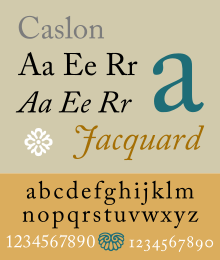Rotated letter
In the days of printing with metal type sorts, it was common to rotate letters and digits 180° to create new symbols. This was done for example with the Palaeotype alphabet, the International Phonetic Alphabet, the Fraser script, and for some mathematical symbols. Perhaps the earliest instance of this that is still in use was turned e for schwa.

In the eighteenth-century Caslon metal fonts, the British pound sign (£) was set with a rotated italic uppercase J.[1]
Unicode support[]
The following rotated (turned) letters have Unicode codepoints unless otherwise indicated.
Latin[]
In this table, parentheses mark letters that stand in for themselves or for another. For instance, a rotated 'b' would be a 'q', and indeed some physical typefaces didn't bother with distinct sorts for those letters, while a rotated 's' would be itself. Long s with a combining dot below, ⟨ſ̣⟩, can stand in for a rotated j.
(En dashes are used to mark small caps that would not be very distinct from the turned lower case letter, though they are possible: turned small cap c is supported, for example: ⟨ᴐ⟩).
The Fraser script creates a number of duplicates of the rotated capitals.
| A | B | C | D | E | F | G | H | I | J | K | L | M | N | O | P | Q | R | S | T | U | V | W | X | Y | Z | |
|---|---|---|---|---|---|---|---|---|---|---|---|---|---|---|---|---|---|---|---|---|---|---|---|---|---|---|
| Rotated minuscule | ɐ·ɒ | (q) | ɔ | (p) | ə·ǝ | ɟ[2] | ᵷ·ɓ | ɥ | ᴉ | (ſ̣) | ʞ | ꞁ | ɯ | (u) | (o) | (d) | (b) | ɹ | (s) | ʇ | (n) | ʌ | ʍ | (x) | ʎ | (z) |
| Rotated small cap | ᴐ | ⱻ | ⅎ |